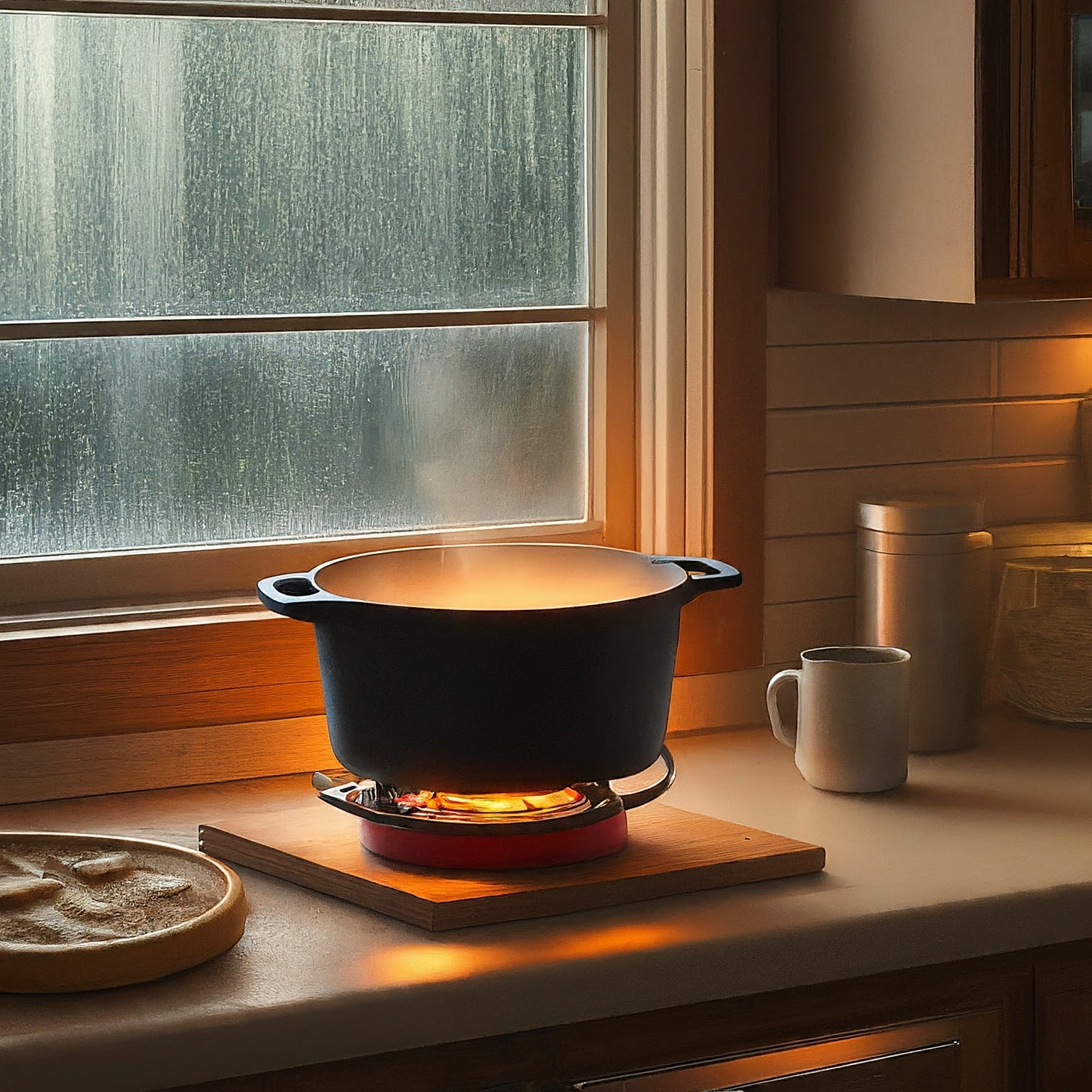Menu

Imagine this: you’re curled up under a blanket, a good book in hand, when the lights suddenly flicker and die. A quick glance outside reveals a darkened neighborhood – a power outage. While the inconvenience might be a minor annoyance for some, the lack of electricity can quickly become a concern when it comes to mealtime. But fear not! Even without the usual kitchen appliances, there are ways to whip up a warm and satisfying meal indoors.
This guide explores the top methods for cooking indoors during a power outage, ensuring you stay fueled and comfortable until the lights flicker back on.
Safety First: Essential Considerations
Before diving into cooking methods, safety is paramount. Here’s what to remember:
Fueling Your Flame: Options for Indoor Cooking
Now, let’s explore the different ways to cook indoors without electricity:
1. Camp Stoves: A Portable Powerhouse
Camp stoves are lifesavers in an emergency. Choose from:
2. Canned Heat: A Compact Cooking Companion
Canned heat, also known as Sterno, is a gel fuel that burns cleanly and provides a steady heat source. It’s perfect for simmering small pots or pans and heating pre-cooked meals. However, it doesn’t offer high heat and may not be suitable for all cooking tasks.
3. The Humble Fireplace: A Traditional Option
If you have a fireplace, it can be a great source of heat for cooking during a power outage.
4. Improvised Cooking with Candles:
While not ideal for full-fledged cooking, candles can be used for limited heating tasks.
Remember: Candlelight cooking requires constant monitoring to prevent fire hazards.
5. Bonus Tip: The Power of Insulation
While not a cooking method itself, utilizing insulated containers can significantly enhance your indoor, off-grid cooking experience.
A Final Word: Patience and Resourcefulness are Key
Cooking without electricity during a power outage may take a bit more time and resourcefulness than usual. However, with a little patience and the methods outlined above, you can prepare warm and satisfying meals until the lights come back on.
Our knowledgeable and friendly customer support team is ready to assist you with any inquiries you may have. Whether you need information about a product, have questions about your order, or seek guidance on preparedness strategies, we’re just a message away.
Email: info@thesurvivalprepper.com
Phone: 1-702-900-8863